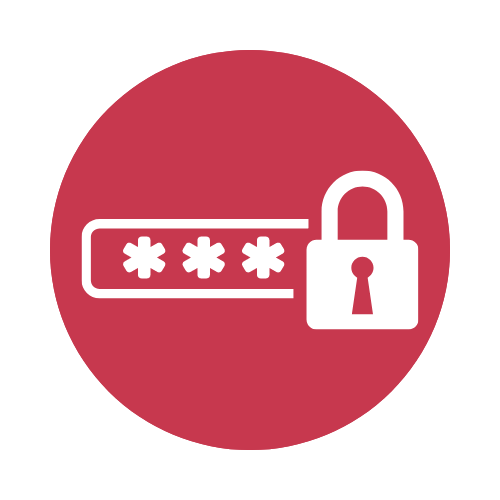Don’t fall for fake. Learning how scammers work will help keep your hard-earned money safe.
This is your go-to hub for staying one step ahead of scammers to protect your money. Filled with articles, tips, and tools, it’s like having a personal expert that knows all the tricks, so you can spot the fakes without breaking a sweat.
Watch for these six red flags of a scam in emails,
calls, and texts:

1. They ask you to open a link.

2. They use urgent or fear-inducing language.

3. They send an attachment.

4. They request personal info like PINs, passwords, or social security numbers.

5. They pressure you to log into, or send money with, payment apps.

6. They call or text you after office hours, or on the weekends.
What about Zelle® fraud?
Scammers might try to trick you by sending fake emails, texts, or phone calls that claim there's been fraud on your Zelle® account. They can make these messages look like they’re coming from us, even using our phone number so it appears as if it’s from Members Choice Credit Union. It can be tricky to spot the fakes, but remember, we will NEVER contact you about Zelle® payments.
But wait, keep going! Recognizing a scam is just the first step.
If anything doesn’t feel right, call Members Choice directly at 281-398-9900.
Step up your security game.
1. Enable multi-factor authentication on top of your username and password.
2. Use a strong and unique password.
3. Update your software and devices.
4. Use antivirus software on your computer.
5. Read your credit card and bank statements carefully and often.
6. Know your payment due dates. If a bill doesn't show up when you expect it, look into it.
7. Shred any documents with personal and financial information.
8. Review each of your three credit reports at least once a year. It's easy, and it's free.
Think you got scammed? Do this.
1. Contact Members Choice Credit Union by calling our main service number – 281-398-9900.
2. Report the fraud through our online form.
3. Change your passwords and visit IdentityTheft.gov.
4. Report the scam to the FTC here.
5. If you lost money, file a police report.
Scammers keep on scamming—let's find more resources.

Recognizing and Avoiding Scams
Defend yourself against scammers by learning to recognize red flags.
Should I swipe my card or insert the chip when paying? What’s the difference?
Knowing the differences between swiping your card or inserting your chip can help make your purchasing process easier and safer.
View More
Preventing Identity Theft
Stay alert against fraud and stay ahead of scammers and thieves.

Tips to Protect Elderly Family Members from Scams

50 Internet Safety Tips for 2024
Protect yourself from online safety threats by learning 50 common internet safety tips.

Love or Fraud? Recognizing the Warning Signs of an Online Romance Scam
Safely navigate online romances and prioritize safety for a genuine connection.

Investment Warning Signs & Red Flags

Top 5 Money Scams Targeting Kids & Teens and How to Avoid Them
Learn how to protect your kids from money scams with our guide on the top 5 scams targeting kids & teens.
More Resources
With investment scams increasing, it's important to avoid falling victim to them. This trusted resource, supported by the U.S. Securities and Exchange Commission (SEC), can help you stay informed and confident in your investment strategies. https://www.investor.gov/
There are times when charges may show up on your statement and you don’t know why. Sometimes these charges are due to fraud, but sometimes not. To assist you with making the decision about whether you should dispute a charge or make a fraud claim, please review the following information, then click on this form link:


